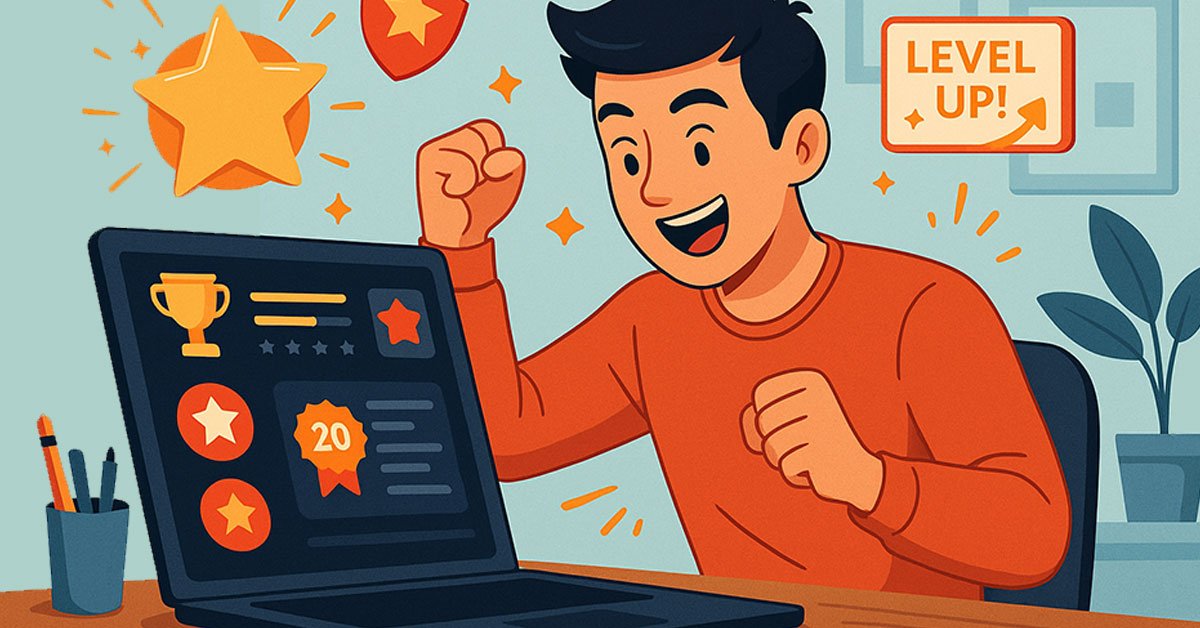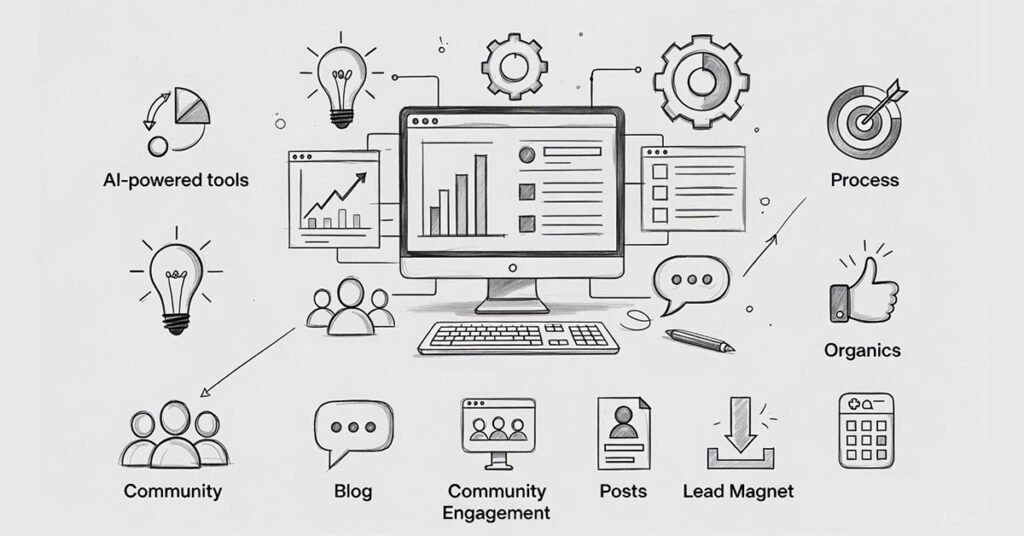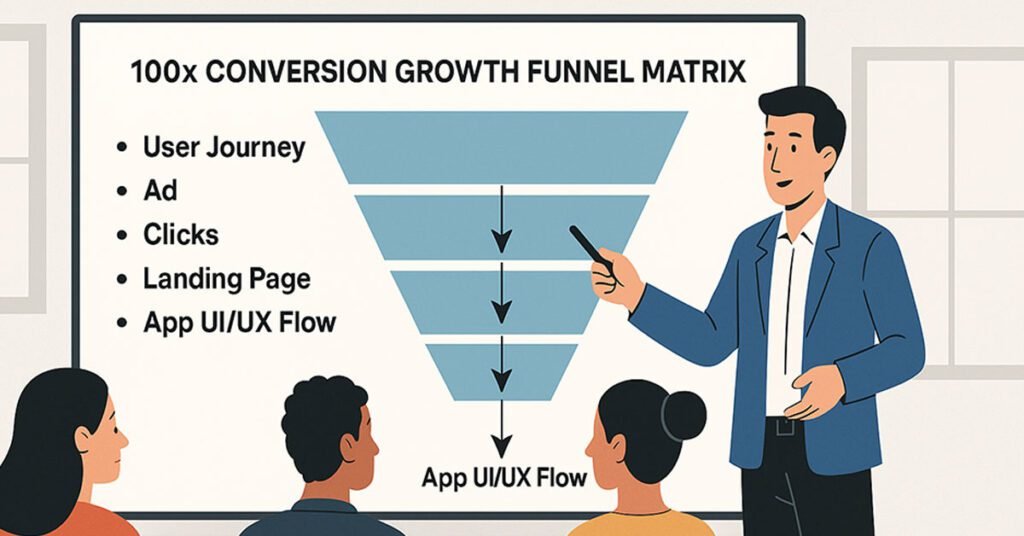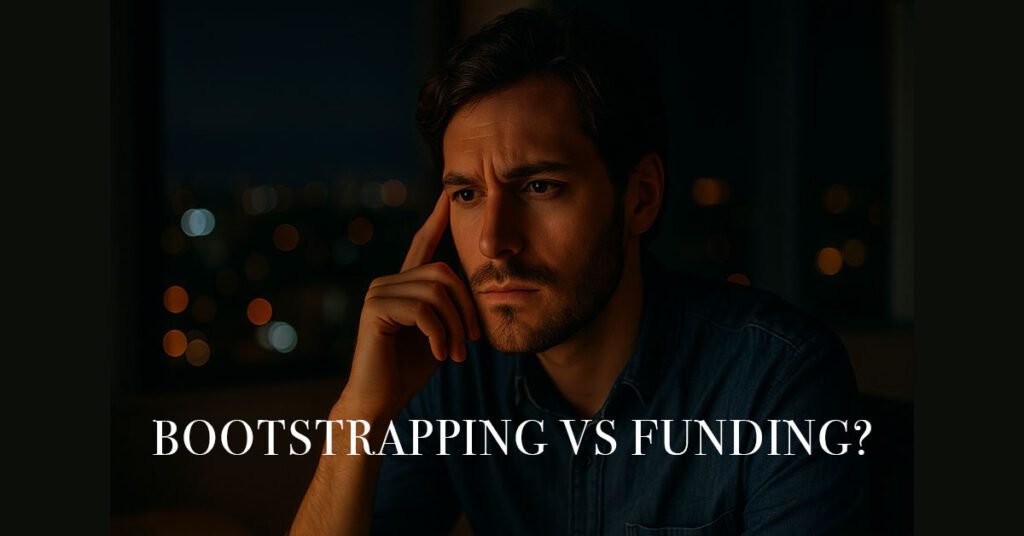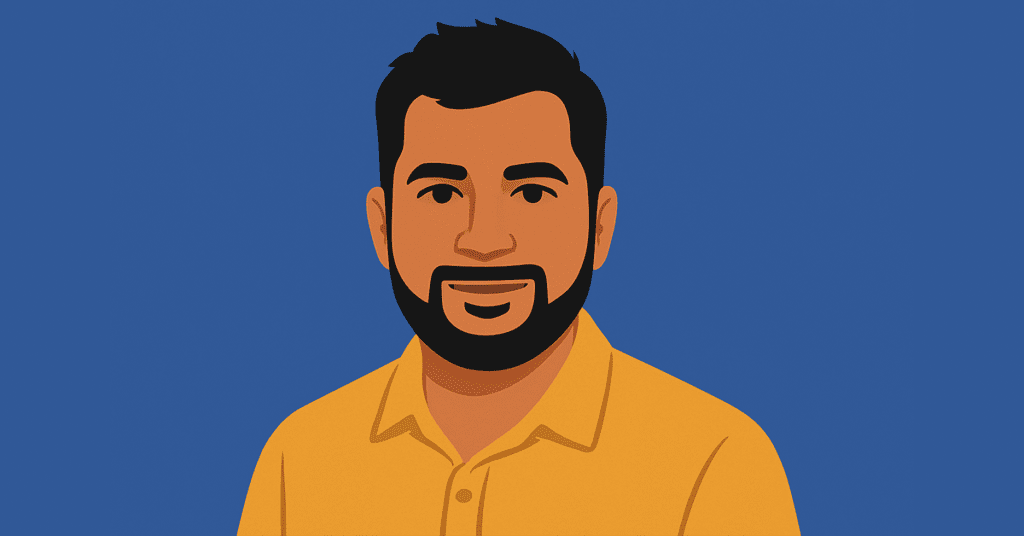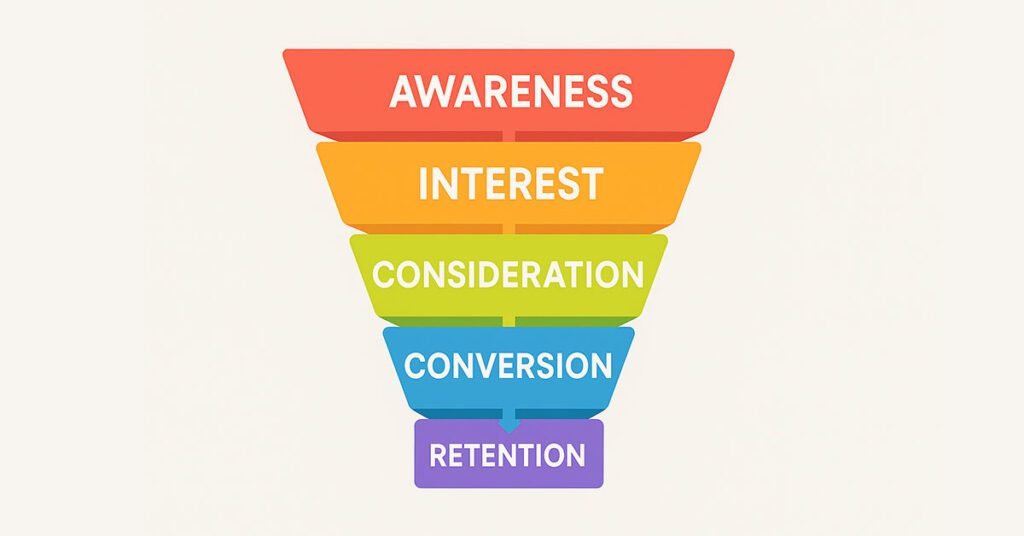Introduction: Welcome to the Game Layer of Product Design
Gamification is no longer just about badges or points. In 2025, it has become a foundational design principle across product categories—from fintech apps to B2B SaaS.
Why? Because gamification taps into fundamental human psychology:
- Progress
- Competition
- Rewards
- Recognition
It creates habit loops and emotional stickiness—turning passive users into active participants. And more importantly, into repeat users.
In this report, we break down how next-gen UX teams are integrating gamified experiences that don’t just delight—but drive real retention and growth.
🎯 1. Designing for Progress (The Invisible Game Board)
Product Example: Duolingo
Duolingo’s interface is less like an education platform and more like a game map.
- XP bars
- Streak counters
- Skill trees
Why It Works:
- Each tap creates a feeling of advancement
- FOMO if streaks are broken
- Feels playful, even when content is tough
UX Tip: Add visible progress markers inside onboarding, feature adoption, and usage flows.
🧩 2. Micro-Rewards = Macro Retention
Product Example: Headspace
Rather than wait till the end of a meditation journey, Headspace rewards users every step of the way.
- You completed 1 day? Here’s a badge.
- Back after a week? Welcome back with a new theme.
Why It Works:
- Constant reward nudges create dopamine loops
- Keeps low-commitment users engaged longer
UX Tip: Don’t wait for milestone moments. Reward small behaviors immediately.
🏆 3. Leaderboards & Community Competitions
Product Example: GrowthSchool / Cult.fit
Weekly challenges where users can see their rank vs peers in a cohort.
- Share results
- Climb the leaderboard
- Unlock private group rewards
Why It Works:
- Peer motivation drives re-engagement
- Users become accountability partners
UX Tip: Let users compete against themselves and the crowd. Design dual motivation loops.
🔁 4. Streaks, Levels, and Unlocks
Product Example: Habitify / Tally Counter
These apps show how many days in a row you’ve stuck to a habit.
- Visual streaks
- Levels unlocked after task mastery
Why It Works:
- Adds gamified friction to not using the app
- Encourages continuous input with a loss aversion trigger
UX Tip: Show streak visuals prominently. It fuels daily behavior.
🎮 5. Game Mechanics in B2B UX? Yes, It’s Here
Product Example: ClickUp / Monday.com
Even serious work tools are adding gamified microflows:
- “You crushed your tasks today!” toast popups
- Celebratory animations on task completion
- Team badges for cross-functional collaboration
Why It Works:
- Makes productivity feel personal
- Turns work into wins
UX Tip: Surprise and delight can live even in enterprise tools.
Final Thought: Gamification Isn’t a Gimmick—It’s UX Psychology
The best products in 2025 use gamification not as a feature, but as a philosophy of engagement.
To win long-term, design:
- Clear progress journeys
- Habit-forming micro-rewards
- Social proof and competitive energy
💡 If your user feels like they’re winning, they’ll keep playing—and keep using.
Subscribe to 100X Venture Hub for UX design playbooks, gamification frameworks, and product behavior breakdowns.
Disclaimer
This content is AI-altered, based on generic insights and publicly available resources. It is not copied. Please verify independently before taking action. If you believe any content needs review, kindly raise a request — we’ll address it promptly to avoid any concerns.

